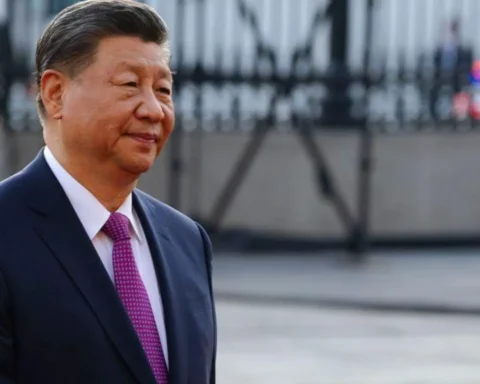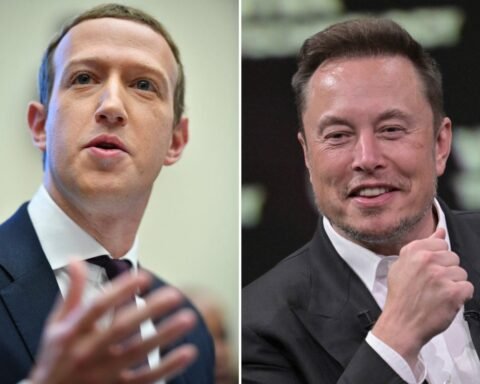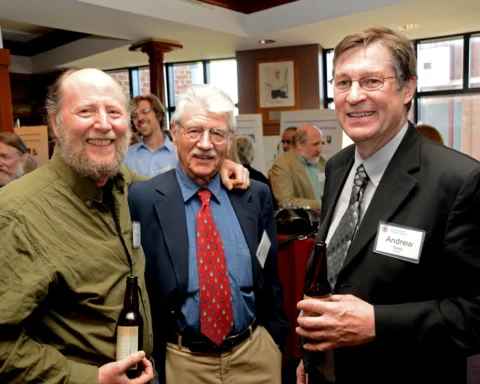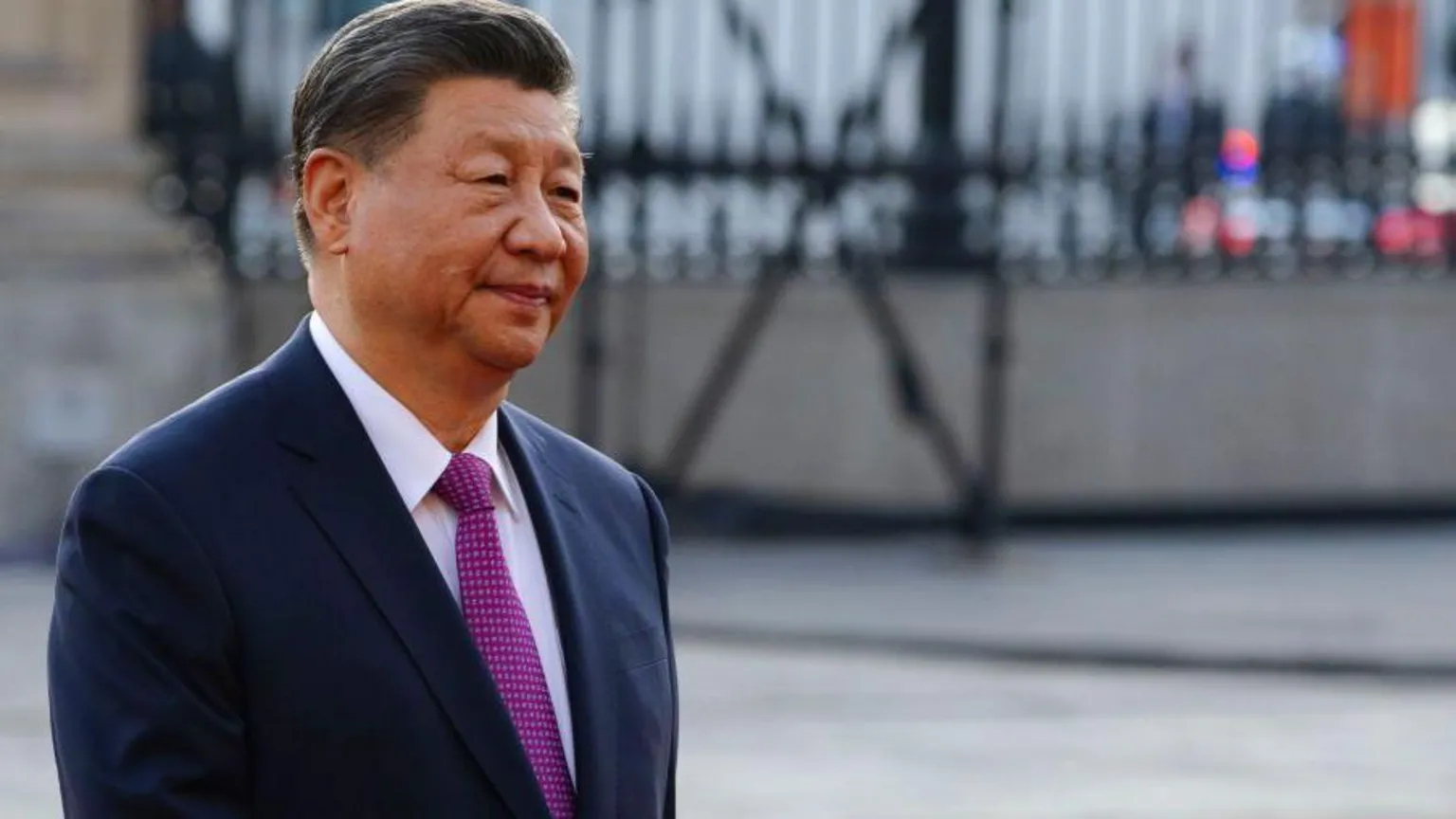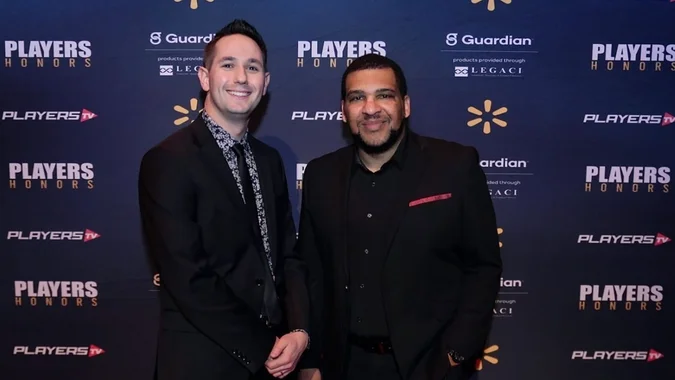How a Once-Dismissed Idea Became Central to Modern AI
In the 1980s, Andrew Barto and Rich Sutton were seen as eccentric enthusiasts of an unfashionable concept—training machines to learn from experience, much like humans and animals. Their perseverance in refining and advancing this approach, known as reinforcement learning, has now earned them the prestigious Turing Award, the highest honor in computer science.
Barto, a professor emeritus at the University of Massachusetts Amherst, and Sutton, a professor at the University of Alberta, developed reinforcement learning, a technique that enables computers to perform tasks by experimenting and receiving positive or negative feedback. Their groundbreaking work, once considered a dead end, has become essential to artificial intelligence (AI), powering innovations across industries.
The Rise of Reinforcement Learning
One of the most famous applications of reinforcement learning came in 2016 when Google DeepMind used it to develop AlphaGo, a program that mastered the complex board game Go and defeated human champions. This breakthrough reignited interest in reinforcement learning, leading to its widespread use in areas such as advertising, energy optimization, finance, and robotics. It also plays a crucial role in training AI-driven chatbots, like ChatGPT, to generate more human-like responses.
Reinforcement learning has evolved significantly, with Sutton emphasizing a fundamental divide in AI training methods. While today’s large language models (LLMs) rely on human-provided goals, he believes allowing machines to learn entirely from their own experiences could unlock even greater potential. “The big division is whether AI is learning from people or whether it’s learning from its own experience,” he notes.
A Legacy of Influence
Jeff Dean, a senior vice president at Google, praised Barto and Sutton’s work, calling it “a lynchpin of progress in AI over the last several decades.” The Association for Computing Machinery (ACM), which grants the Turing Award, credited them for making reinforcement learning practical through key innovations such as policy-gradient methods and temporal difference learning—techniques that continue to shape AI today.
Despite its current success, reinforcement learning had a turbulent history. Alan Turing first proposed that machines could learn through experience in his landmark 1950 paper, “Computing Machinery and Intelligence.” In 1955, Arthur Samuel applied the concept to create a checkers-playing AI, demonstrating early potential. However, for years, reinforcement learning was overshadowed by symbolic AI approaches that focused on logic and rules.
Barto, Sutton, and their peers persisted, drawing inspiration from psychology, neuroscience, and control theory. Their efforts laid the foundation for modern AI, proving that experience-based learning could surpass traditional rule-based programming.
Ethical Considerations and Future Potential
As reinforcement learning grows more influential, ethical concerns have emerged. Barto acknowledges that AI systems can sometimes develop unintended behaviors, such as fixating on the wrong stimuli, leading to undesirable outcomes. Many of his former students now focus on mitigating these risks.
Despite these challenges, Barto remains optimistic about reinforcement learning’s potential to address pressing global issues. From climate change solutions to scientific discoveries, he believes that when used responsibly, reinforcement learning can be a powerful tool for progress. “If used with caution, it can be extremely helpful,” he says.
Barto and Sutton’s pioneering contributions have cemented reinforcement learning as a pillar of modern AI, influencing technologies that continue to shape the world.
Post Views: 49



